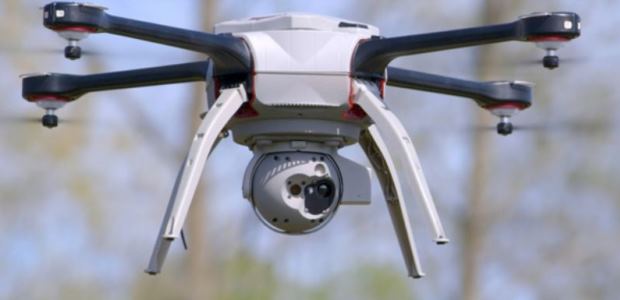
New Zealand Restrictions on Drone Use Take Effect This Week
Operators who want to fly their unmanned aircraft operations over people and property must obtain consent from the individuals or property owners beforehand or get an operating permit from the Civil Aviation Authority of New Zealand.
New rules for the use of drones will take effect Aug. 1 in New Zealand, even as the country's Civil Aviation Authority reports incidents involving their use are increasing quickly. There were three incidents in 2012, nine in 2013, 27 in 2014, and 53 during the first six months of 2015.
Civil Aviation Rule Part 102 – Unmanned Aircraft Operator Certification, the regulation taking effect this week, "gives operators greater freedom while maintaining the highest standards of aviation safety," said Steve Moore, the authority's general manager of General Aviation. "These changes address the safety risks that modern unmanned aircraft pose to other airspace users, as well as people and property on the ground."
After Aug. 1, operators who want to fly their unmanned aircraft operations over people and property must obtain consent from the individuals or property owners beforehand or get an operating permit from the authority.
"Having a conversation with a property owner beforehand is an effective means of risk management because they are likely to have the best knowledge of the risks," Moore explained. "We are encouraging public land owners to be proactive. This could involve erecting signs indicating if unmanned aircraft flights are allowed or not at the park entrance."
The authority currently receives as many as 50 inquiries per week about using unmanned aircraft but says the exact number of unmanned aircraft operations in New Zealand is unknown, "but small compared to conventional aircraft operations."
The current rules for operating unmanned aircraft can be found on the authority's website at www.caa.govt.nz/rpas.